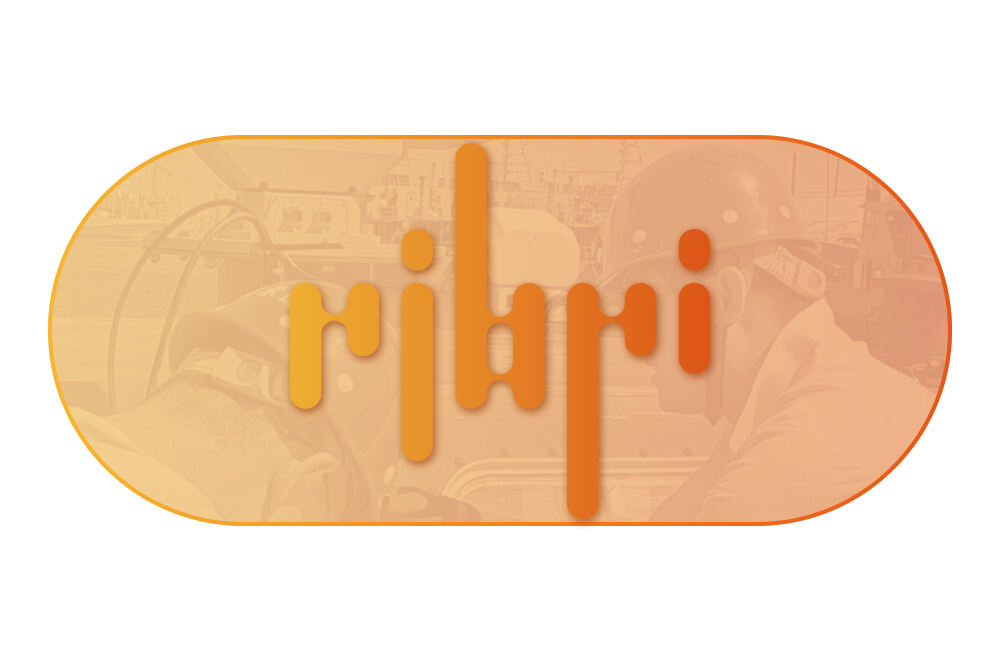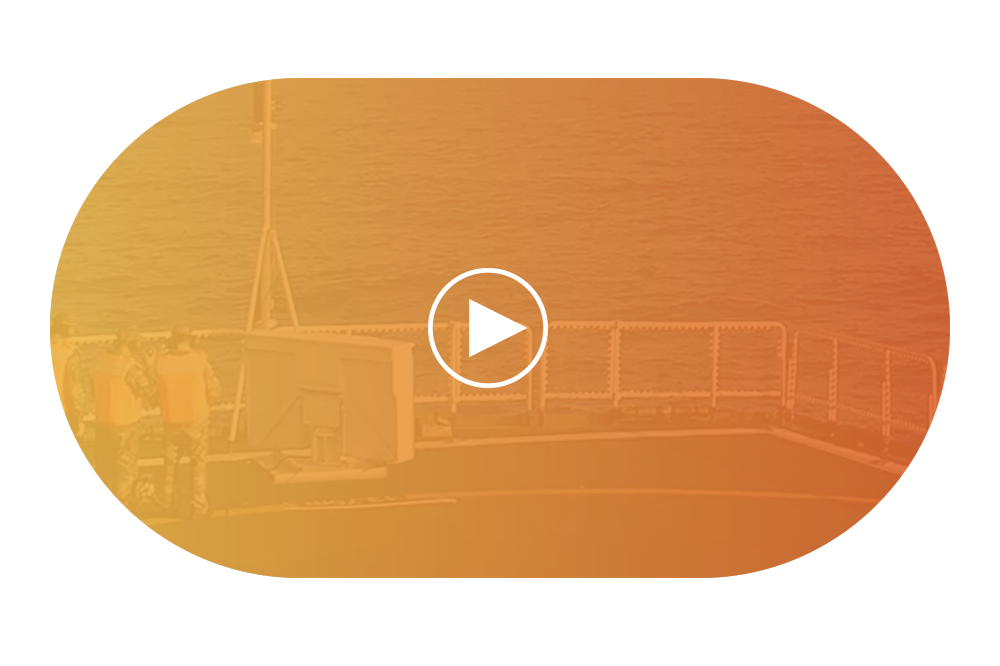Popular Science on Sound Pressure Level
Sound Pressure Level (SPL) is a physical quantity that measures the intensity of sound, measured in decibels (dB). It is obtained by comparing the sound pressure of a certain sound with a reference sound pressure and taking the logarithm. The reference sound pressure is usually taken as 2 × 10 ⁻⁵ Pascal (Pa), which is the minimum sound pressure value that the human ear can hear at a frequency of 1000Hz.
The calculation formula is: Lp=20log10 (P/P0)
Among them, Lp is the sound pressure level, measured in decibels (dB); P is the actual sound pressure, measured in pascals (Pa); P0 is the reference sound pressure, usually taken as P0=2 × 10-5Pa in air (this is the minimum sound pressure that the human ear can hear, i.e. the hearing threshold).

In daily life and various application scenarios, the sound pressure levels of different sounds vary greatly.
Quiet bedroom: Approximately 20-30dB, people can enjoy a peaceful resting atmosphere in this environment, and even slight sounds such as breathing and ticking clocks can be clearly detected.
Ordinary office: generally between 40-60dB, with ambient sounds including people's soft conversations, slight operation of office equipment, etc., which will not interfere with normal communication and work.
Prosperous streets: The sound pressure level can reach 70-80dB, and the noise of vehicles, horns, and crowds is intertwined on the streets, making the sound quite noisy.
Construction site: usually above 90-100dB, with strong noise such as the roar and knocking of construction machinery. It is necessary to wear protective equipment such as earplugs for a long time in such an environment, otherwise it will cause damage to hearing.
Rock concerts: usually around 110-120 decibels. The strong music rhythm, high decibel sound equipment, and the cheers of the live audience create a highly impactful atmosphere, but prolonged exposure to this environment can cause hearing damage.
During takeoff, the sound pressure level can reach up to 120-140 decibels. The aircraft engine produces a loud roar during takeoff, which is very strong near the airport runway and can have a significant impact on the human auditory system. Therefore, airport staff usually take special protective measures.
Gunshots: can reach 140-170 decibels. The loud noise produced when firearms are fired has a strong impact force, which not only causes serious hearing damage, but may also have a destructive effect on surrounding objects.
Rocket launch: The sound pressure level can exceed 180 decibels. When a rocket is launched, the huge energy generated by the engine is released in the form of sound waves, forming extremely strong noise. This high-intensity sound will generate powerful pressure waves on the surrounding environment, with enormous destructive power.
These sound pressure level scenes outline the acoustic spectrum from tranquility to noise. It is not just a set of cold numbers, but also an acoustic footnote to real-life scenarios. Understanding different sound pressure levels can help us cherish tenderness when whispering quietly and learn to protect ourselves in noisy environments. Next time you hear the buzzing of a refrigerator or the sound of cars on the street, you can use the perspective of sound pressure level to re perceive and protect your hearing health. You can also understand the wonderful daily weaving of sound, making every decibel become an acoustic code for understanding the world and protecting yourself.



